Essential Hygiene Tips for Women Trekkers
Essential hygiene tips for women trekkers can make the difference between an enjoyable outdoor adventure and a miserable experience. Stay clean, confident, and healthy on the trail with these easy, practical hygiene practices for any wilderness journey.
Table of Contents
Toggle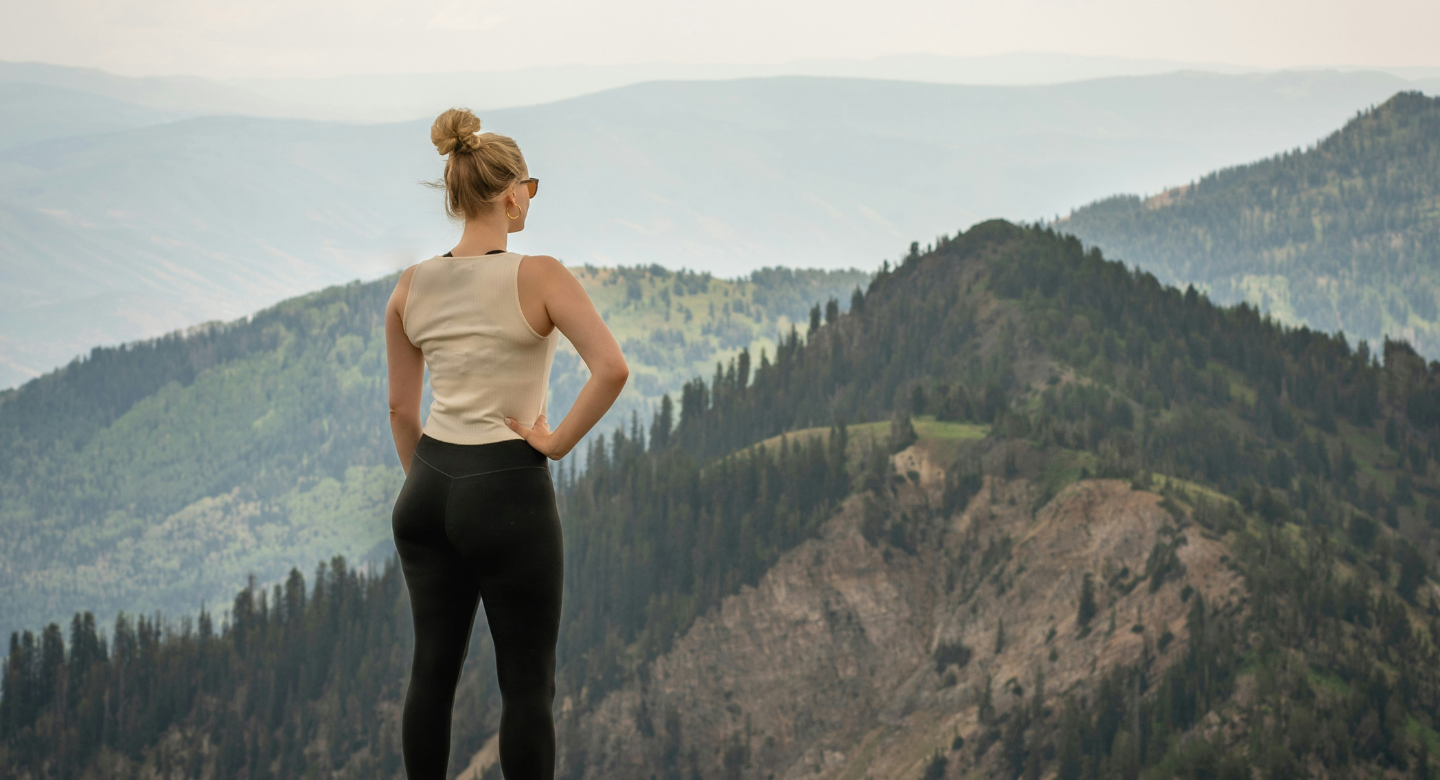
Trekking offers freedom, beauty, and adventure. But for women, it also brings unique challenges—especially when it comes to staying clean and comfortable outdoors. That’s why following some essential hygiene tips for women trekkers is key. Whether you’re new to the trail or a seasoned adventurer, maintaining hygiene can boost your confidence and keep health issues at bay.
In this comprehensive guide, we’ll explore practical and easy-to-follow tips for women trekkers, along with the importance of hygiene in trek settings. From period care to bathroom hacks, this guide covers everything you need to know for your next adventure.
Why Hygiene Matters on the Trail
Before diving into specific practices, let’s understand the importance of hygiene in trek life:
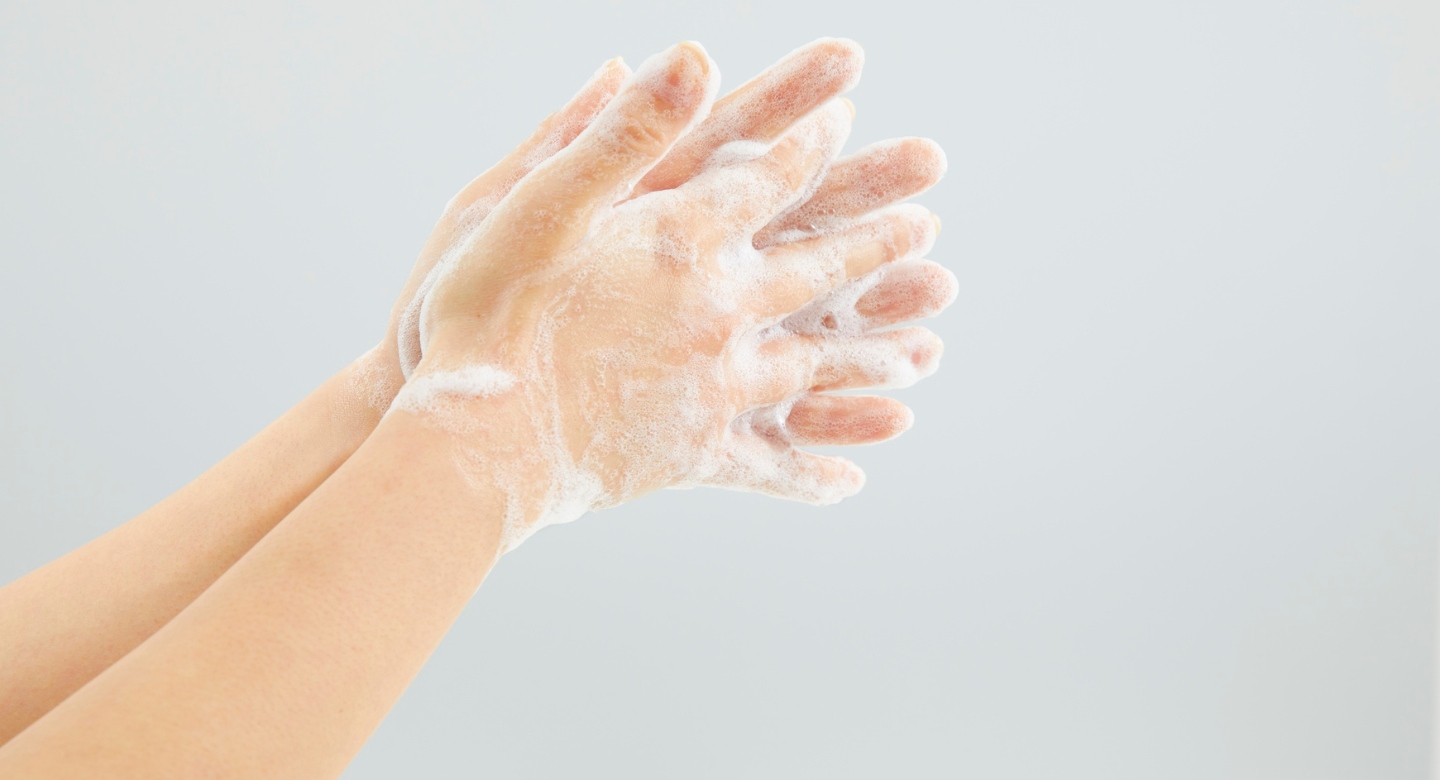
Prevents Infections
- Dirty hands or unsanitary conditions can lead to UTIs, yeast infections, or bacterial issues.
- Cleanliness reduces the risk of rashes, blisters, or painful skin problems.
- Regular cleaning helps prevent fungal infections, especially in humid conditions.
Keeps You Confident
- Feeling fresh on the trail improves mood and motivation throughout your journey.
- Hygiene helps you stay focused on enjoying nature rather than worrying about discomfort.
- Clean clothes and body boost mental wellbeing during challenging treks.
Protects the Environment
- Responsible hygiene practices reduce waste and pollution in fragile mountain ecosystems.
- Biodegradable products are better for you and nature.
- Proper waste disposal preserves beautiful trails for future hikers.
The importance of hygiene in trek journeys can’t be overstated. It’s not just about comfort—it’s about health and respect for nature. With proper planning, you can maintain cleanliness without leaving a trace.
Pre-Trek Preparation: Start Clean, Pack Smart
Good hygiene starts before the trek even begins. Here’s how to prepare effectively:
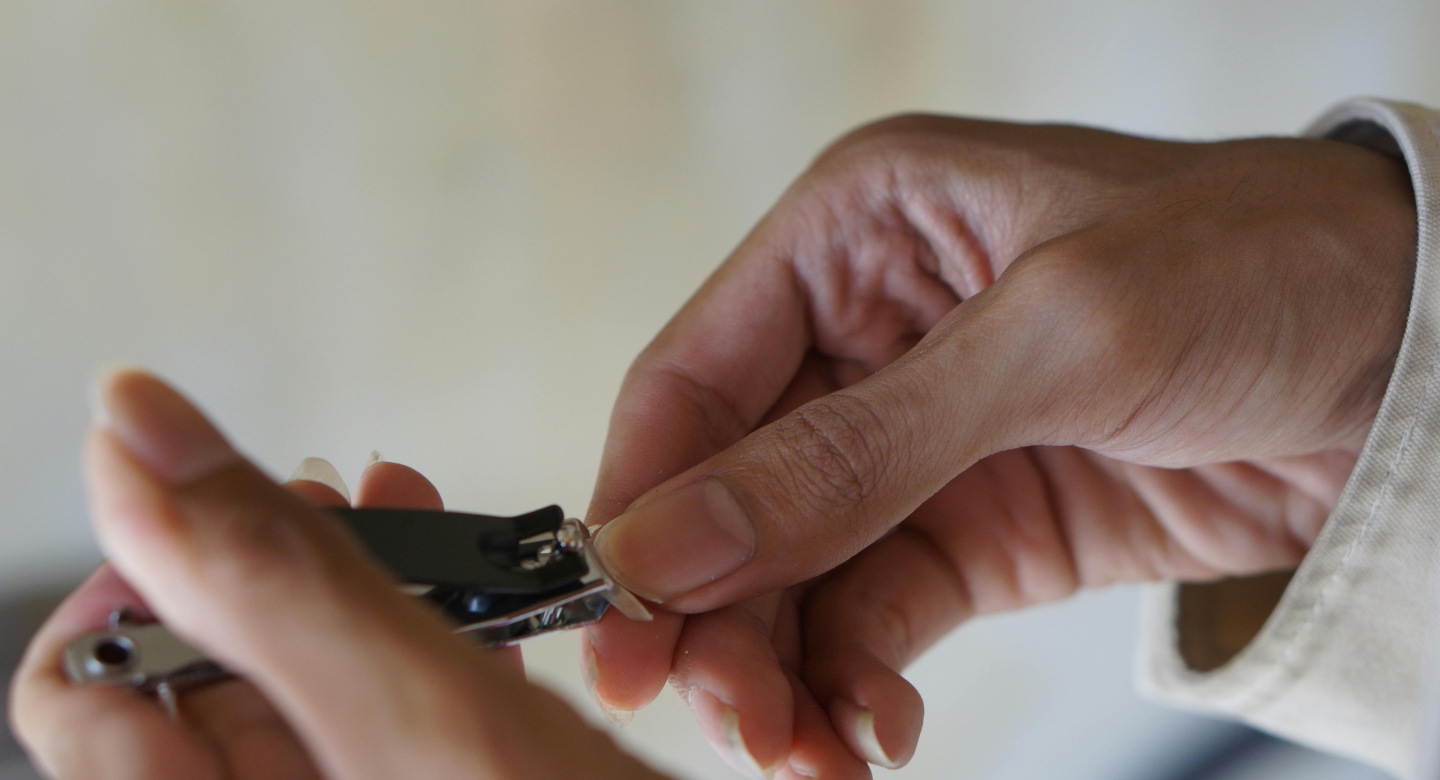
Trim and Tidy
- Trim nails to avoid dirt build-up and accidental scratches.
- Consider grooming body hair if it helps you stay fresh longer.
- Get a low-maintenance haircut or practice braiding techniques.
Pack a Personal Hygiene Kit
- Include travel-size soap, toothpaste, a toothbrush, biodegradable wipes, and hand sanitizer.
- Use zip-lock bags to organize and store used tissues or pads until disposal.
- Pack microfiber towels that dry quickly and take minimal space.
Carry Menstrual Essentials
- Always pack more period products than you think you’ll need.
- Choose reusable menstrual cups or period panties if you’re comfortable with them.
- Include small plastic bags for disposal of used products.
Packing well is one of the best tips for women trekkers. Your hygiene kit should be as important as your first-aid kit. Taking time to organize these items will save you stress on the trail.
Essential Gear for Maintaining Hygiene
Having the right gear makes wilderness hygiene much easier:
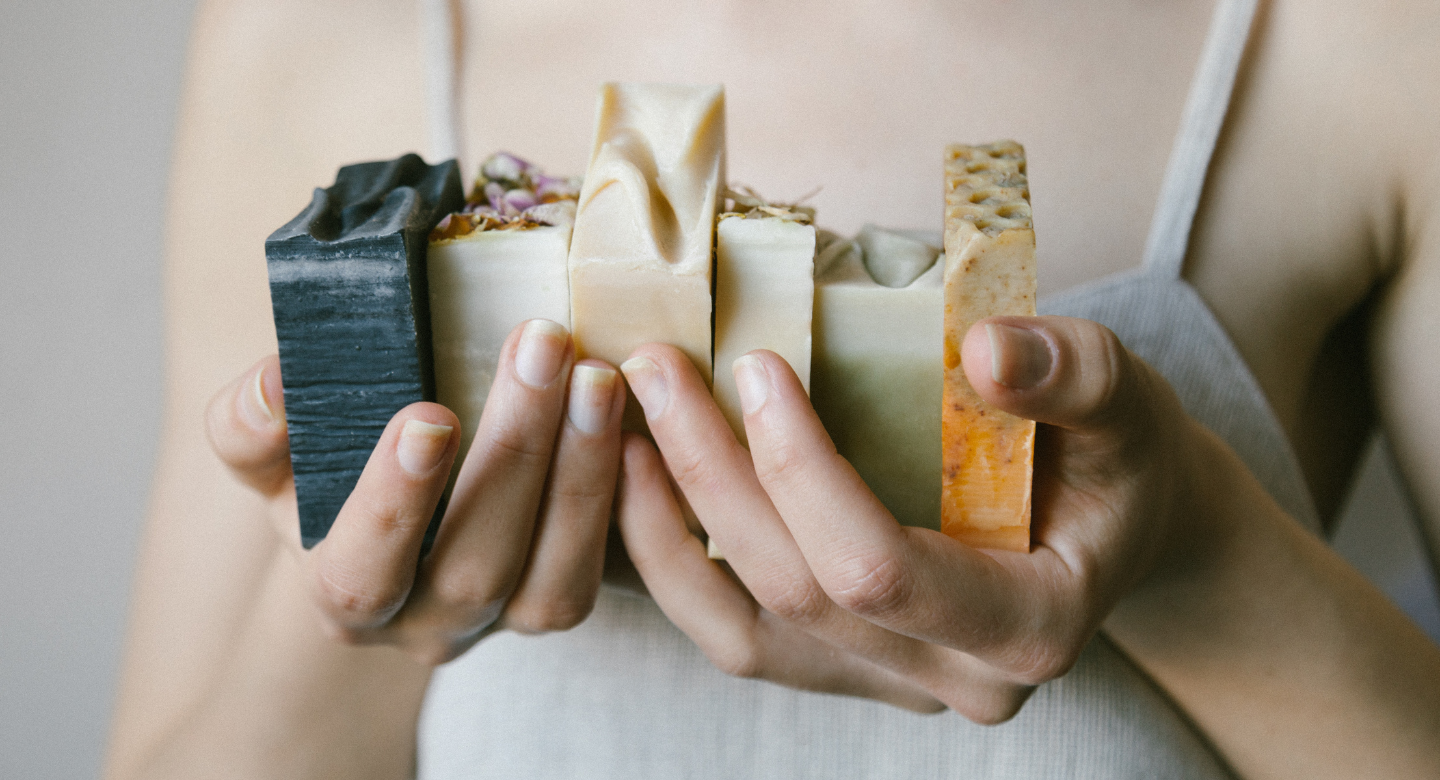
- Quick-dry microfiber towel: Lightweight, compact, and fast-drying—perfect for multiple uses.
- Biodegradable soap: Protects the environment while keeping you clean.
- Hand sanitizer: Use when water isn’t available for handwashing.
- Wet wipes: Choose biodegradable options for body cleaning when showers aren’t an option.
- Toilet paper: Pack extra in a waterproof container.
- Female urination device: Allows standing urination without removing layers.
- Moisture-wicking underwear: Pack 2-3 pairs for rotation.
- Portable bidet: A water bottle with a special cap provides a simple solution.
- Anti-chafing balm: Prevents painful skin irritation on long hikes.
- Dry shampoo: Keeps hair fresh between washes.
The importance of hygiene in trek environments starts with proper gear selection. These items don’t add much weight but make a tremendous difference in your comfort.
Menstrual Hygiene: Handling Periods in the Wild
This is often the biggest worry for women trekkers. But with the right mindset and preparation, it’s completely manageable.
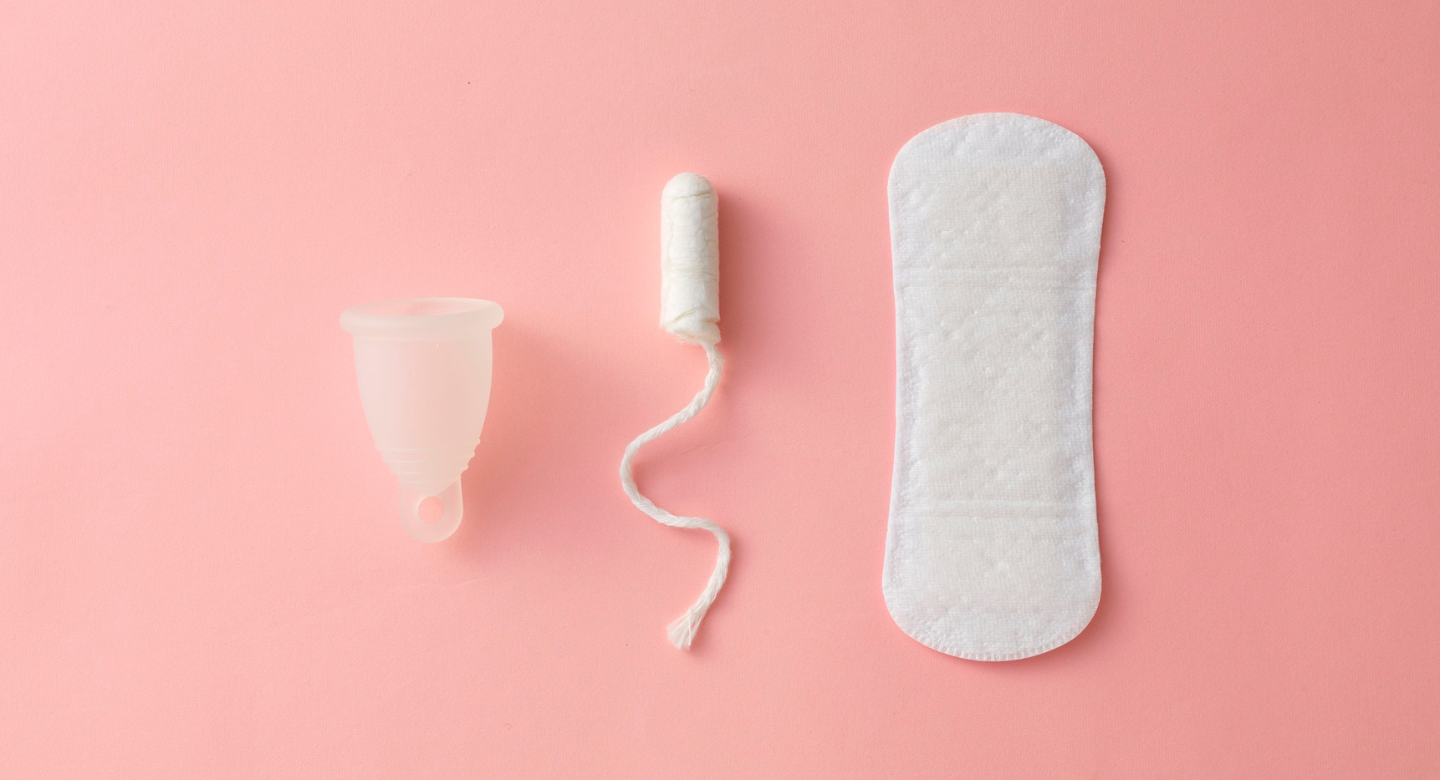
Choose Your Period Product Wisely
- Pads: Easy to use but generate waste. Carry a waste bag.
- Tampons: Less bulky, but need frequent changing. Ensure clean hands.
- Menstrual Cups: Reusable and waste-free. Needs practice but is ideal for longer treks.
- Period Panties: Great for light flow or as backup protection.
Change Regularly
- Change every 4–6 hours when using disposable products.
- Wipe and clean your hands before and after handling any period products.
- Use hand sanitizer when water isn’t available.
Dispose Responsibly
- Never bury or burn pads or tampons in the wilderness.
- Carry a dedicated “carry-out” pouch with odor-proof layers.
- Use black or dark-colored bags to conceal used products.
Maintain Intimate Hygiene
- Use biodegradable wipes or water and soft cloth to clean the area gently.
- Avoid scented products as they may cause irritation in sensitive areas.
- Change into clean, dry underwear after cleaning whenever possible.
Managing your period outdoors is a top priority when listing essential hygiene tips for women trekkers. A little planning goes a long way in making your experience comfortable.
Toilet Talk: Pee and Poop Tips
Nature doesn’t come with restrooms, but that doesn’t mean you can’t stay hygienic.
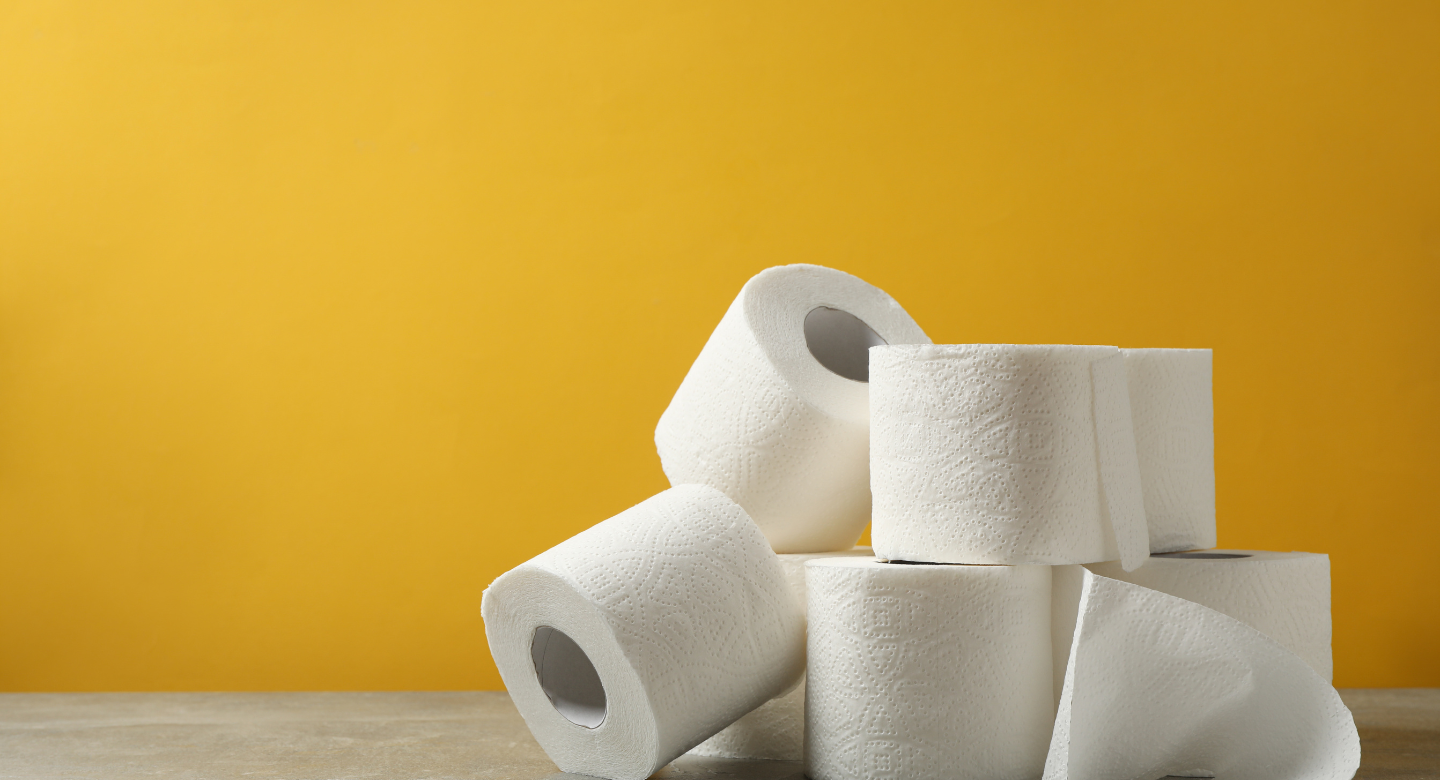
Pee in Privacy
- Pick a spot away from trails and water sources (at least 200 feet).
- Face downhill to avoid splashes and wet boots.
- Find a private area behind rocks or bushes when possible.
Use a Pee Funnel (Optional)
- A pee funnel lets you urinate standing up. Handy in cold or difficult terrain.
- Practice using it before your trek to avoid accidents.
- Clean it with water or wipes after each use.
Wipe and Wash
- Use biodegradable wipes or soft tissues for cleaning.
- Always sanitize or wash your hands after toileting.
- Consider a “pee rag” – a dedicated bandana that dries in the sun.
Pooping in the Wild
- Dig a 6–8 inch hole using a trowel, away from campsites and water.
- Cover it well after use to maintain trail cleanliness.
- Pack out toilet paper in a sealed bag rather than burying it.
Toileting can be tricky but managing it well adds to the importance of hygiene in trek situations. Proper techniques protect both your health and the environment.
Bathing and Freshening Up Without Showers
Access to clean water might be limited on treks, especially in high-altitude zones.

Sponge Baths Work Wonders
- Use a damp cloth or biodegradable wipes to clean your face, armpits, and groin area.
- Focus on areas that sweat most for maximum freshness.
- Clean in this order: face, torso, private areas, then feet.
Hair Management
- Use dry shampoo or baby powder to absorb oil and freshen hair.
- Braid your hair to keep it tangle-free and manageable on multi-day treks.
- Consider a buff or hat to protect hair and hide greasiness.
Breath and Oral Hygiene
- Brush twice daily, even with minimal water.
- Chewing gum or mouthwash tabs are great for quick refreshers between brushings.
- Floss daily to prevent gum problems while on the trail.
These small actions boost your freshness and reinforce the importance of hygiene in trek environments. Even quick cleanups can dramatically improve comfort.
Clothing and Underwear Hygiene
Staying dry and changing your clothes regularly helps prevent rashes and odors.
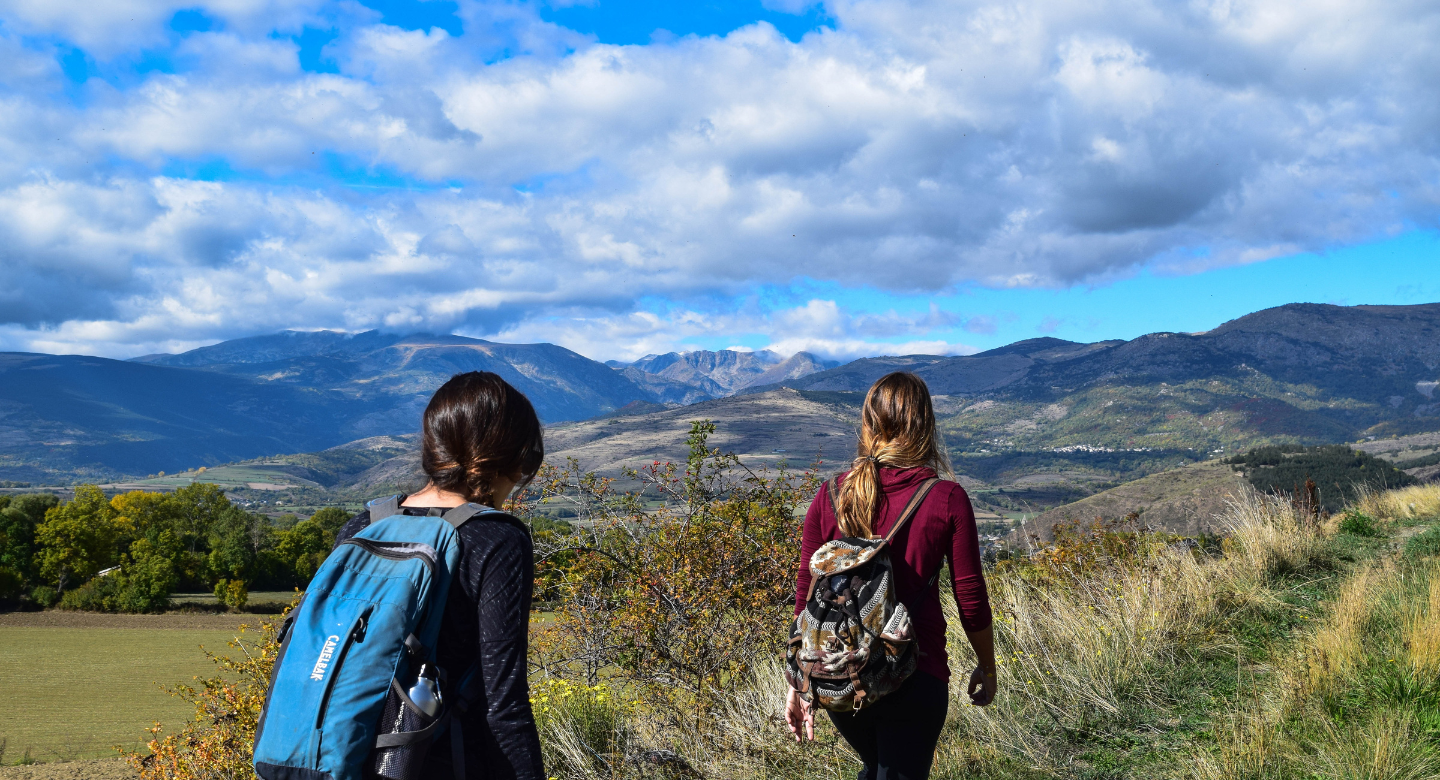
Wear Moisture-Wicking Clothes
- Choose breathable fabrics like merino wool or synthetic blends.
- Avoid cotton as it holds sweat and moisture, creating ideal conditions for bacteria.
- Layer strategically so you can adjust to changing temperatures.
Underwear Management
- Bring quick-dry underwear and wash or rotate pairs daily.
- Panty liners can help extend freshness if washing options are limited.
- Consider sleeping without underwear to let your body breathe overnight.
Air Out Your Body and Clothes
- Let your skin and clothes breathe whenever possible during breaks.
- Hang clothes in sunshine to naturally disinfect and refresh them.
- Turn clothes inside out when drying to expose the sweatiest areas to sun.
Simple wardrobe routines are often overlooked but are crucial tips for women trekkers. Clean, dry clothes prevent many hygiene problems before they start.
Hand Hygiene and Sanitization
Clean hands mean fewer illnesses and better food safety while trekking.

Carry Hand Sanitizer Always
- Use it before meals, after toileting, and frequently throughout the day.
- Choose alcohol-based ones with at least 60% alcohol for effectiveness.
- Attach a small bottle to your backpack strap for easy access.
Use Biodegradable Soap When Water Is Available
- If using water sources, never use soap directly in streams or lakes.
- Wash hands at least 200 feet away from water bodies to avoid contamination.
- Collect water in a container for washing rather than washing in water sources.
Keeping your hands clean reflects both personal care and understanding of the importance of hygiene in trek environments. Clean hands prevent most trail illnesses.
Preventing Infections and Irritations
Women trekkers face specific health risks that proper hygiene can help prevent:
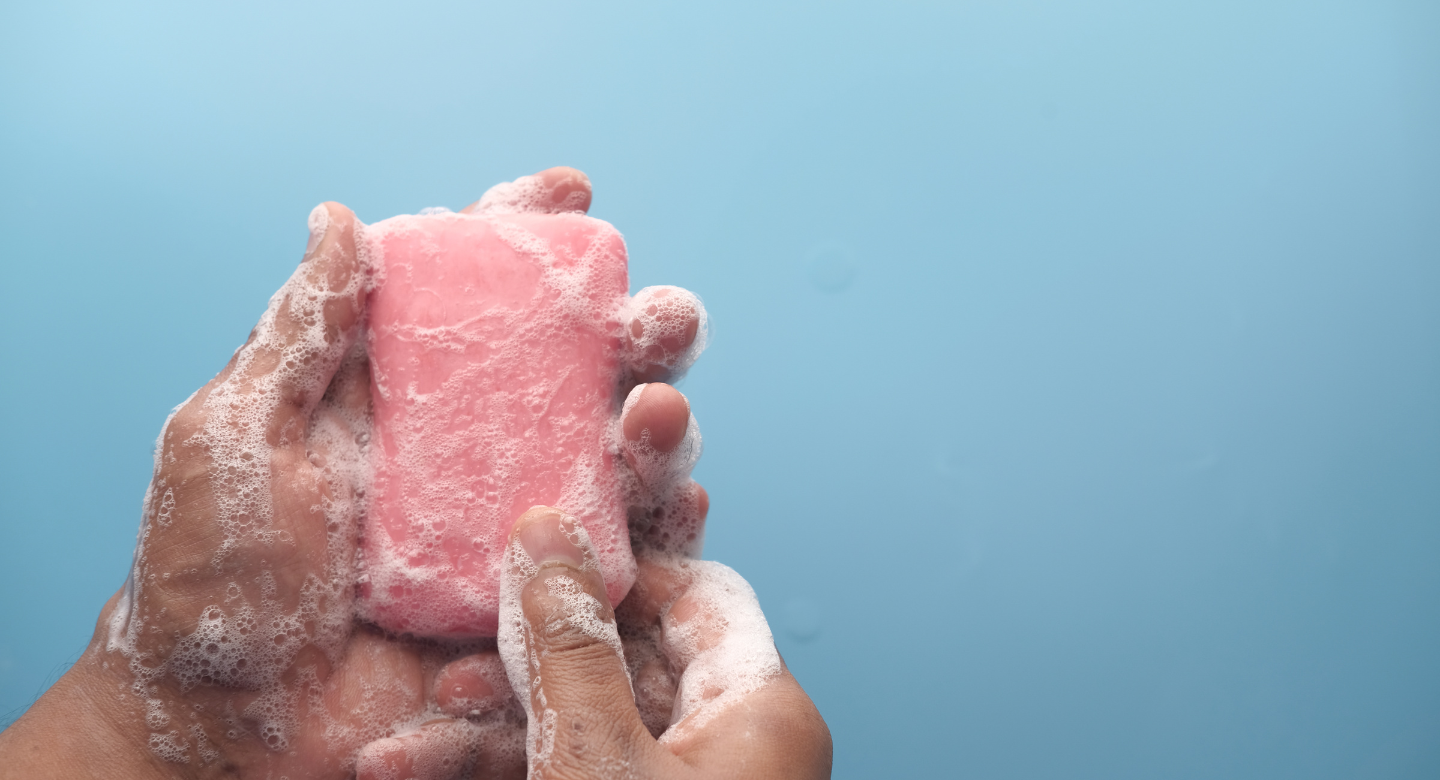
Urinary Tract Infections
- Stay hydrated—drink more water than you think you need.
- Urinate when you feel the urge rather than holding it.
- Wipe front to back after urination to prevent bacterial spread.
- Consider cranberry tablets as a preventive supplement.
Preventing Chafing
- Apply anti-chafing products to inner thighs, under bra bands, and other friction points.
- Wear moisture-wicking, seamless underwear to reduce friction.
- Choose pants with flat seams to reduce irritation during long hikes.
- Address hot spots immediately rather than waiting until they become painful.
Yeast Infections
- Wear breathable, moisture-wicking underwear rather than synthetic materials.
- Change into dry base layers promptly after heavy sweating.
- Consider sleeping without underwear if conditions permit.
- Pack an antifungal cream as a precaution for longer treks.
Essential hygiene tips for women trekkers often include addressing these issues before they become problems. Prevention is always easier than treatment in backcountry settings.
Nighttime Hygiene and Sleep Comfort
Ending your day feeling clean improves your sleep and next-day energy.
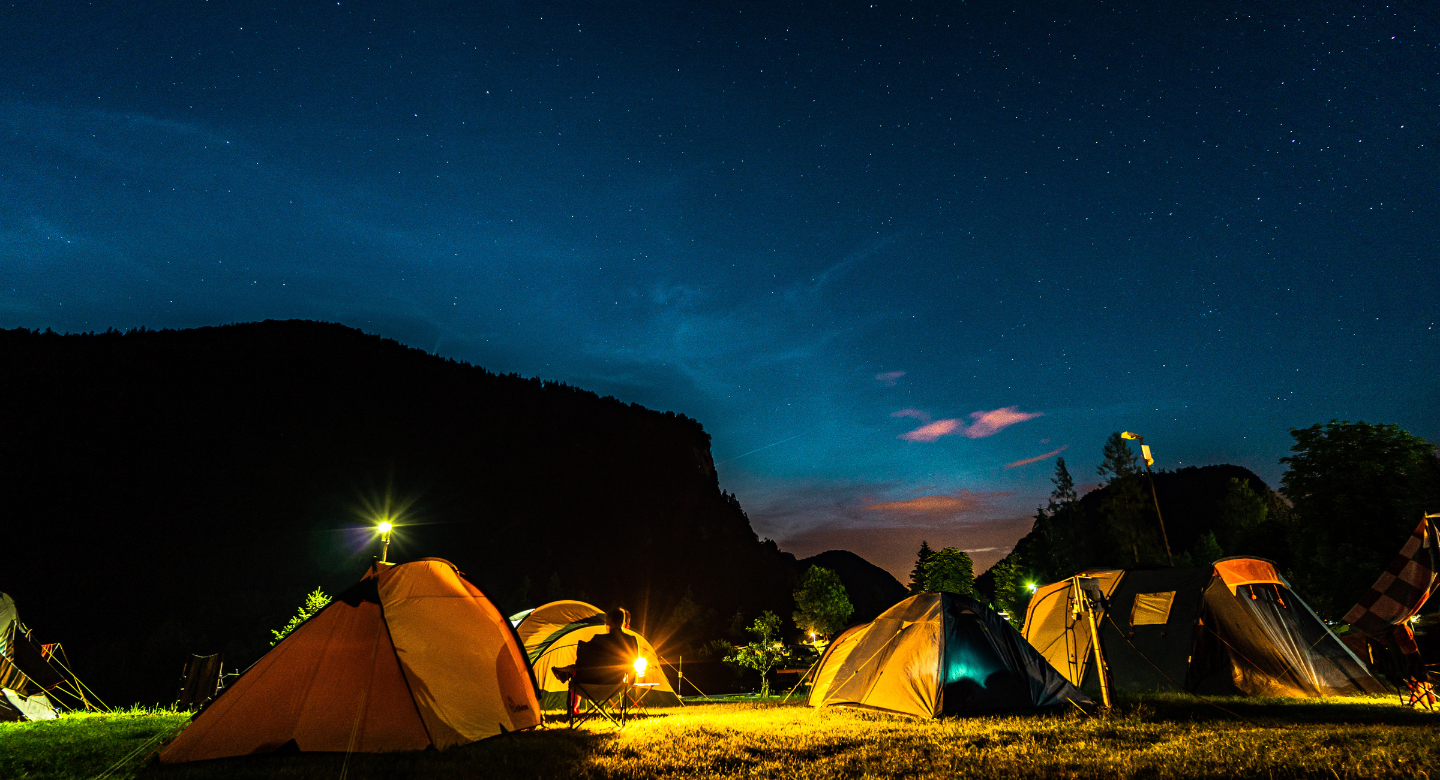
Clean Your Face and Feet
- Use wipes or a damp cloth to remove dirt, sunscreen, and sweat.
- Wipe feet dry and wear clean socks to bed for better sleep.
- Apply moisturizer to prevent cracking in dry environments.
Change into Sleep Clothes
- Use a separate set of dry clothes reserved only for sleeping.
- This helps regulate body temperature and keeps your sleeping bag cleaner.
- Air out your sleeping bag daily to prevent moisture buildup.
This routine helps embed essential hygiene tips for women trekkers into your nightly habits. Clean sleeping habits improve rest quality dramatically.
Eco-Friendly Hygiene Practices
Being clean doesn’t mean harming nature. Follow these guidelines to stay green:

Use Biodegradable Products
- Choose eco-friendly soaps, wipes, and toilet paper for all cleanup.
- Check for “Leave No Trace” compliance on product packaging.
- Dilute biodegradable soap extensively when using near natural areas.
Carry Out All Waste
- Pack used wipes, sanitary waste, and non-biodegradable trash in sealed bags.
- Use odor-proof bags or pouches designed specifically for waste.
- Never leave hygiene products behind, even if they claim to be biodegradable.
Educate and Encourage
- Share these practices with fellow trekkers to spread good habits.
- Respect nature, local communities, and animals through proper waste management.
- Learn about specific environmental concerns in your trekking destination.
Responsible trekking includes understanding the importance of hygiene in trek ecosystems and doing your part to preserve them. Clean practices show respect for wilderness.
Cultural Considerations When Trekking Internationally
Different regions have different norms regarding modesty and hygiene:
- Research cultural expectations before arriving in new trekking destinations.
- Pack appropriate clothing that meets local standards for modesty.
- Learn basic terminology related to bathroom needs in the local language.
- Consider bringing a sarong or similar wrap for impromptu changing or bathing.
Tips for women trekkers should always include cultural awareness. Respecting local customs enhances your experience and relationships with local communities.
Quick Checklist: Essential Hygiene Kit for Women Trekkers
Here’s a complete checklist to help you stay prepared and clean on the trail:
- Menstrual products (pads, cup, tampons, liners)
- Biodegradable wipes and toilet paper
- Pee funnel (optional)
- Small microfiber towel or soft cloth
- Travel-size toothpaste and toothbrush
- Hand sanitizer and biodegradable soap
- Intimate hygiene wash or wipes
- Zip-lock or dry bags for waste
- Quick-dry underwear and panty liners
- Dry shampoo or leave-in conditioner
- Anti-chafing balm or powder
- Nail clippers and file
- Tweezers for splinters or ticks
- Bandanas (multiple uses including as pee rags)
- Small mirror for hygiene checks
These are not just useful items—they represent the backbone of essential hygiene tips for women trekkers. Each serves an important purpose in maintaining health.
Conclusion: Stay Fresh, Stay Empowered
Trekking is empowering. Being prepared with the right hygiene habits makes the journey even more enjoyable. These essential hygiene tips for women trekkers are not just about feeling fresh—they’re about staying healthy, confident, and responsible in the wilderness.
Understanding the importance of hygiene in trek situations helps protect both you and the environment. By following these practical tips for women trekkers, you can enjoy your adventure to the fullest without unnecessary stress or discomfort.
The wilderness is calling – and with these hygiene practices mastered, you can answer that call with confidence. Pack smart, plan ahead, and step into nature knowing you’re prepared for whatever the trail brings!
Explore More Such Blogs:
Importance of BMI for Choosing A Trek
Trekking Shoes vs. Sport Shoes: Which One is Best for You?
Frequently Asked Questions (FAQs) About Essential Hygiene Tips for Women Trekkers
How do I manage my period on a multi-day trek?
Managing your period on the trail is easier with preparation. Consider using a menstrual cup which can be worn for up to 12 hours and creates no waste. Pack out all used products in sealed bags. Baby wipes are helpful for cleaning up, and hand sanitizer is essential before and after changing products. Some trekkers prefer period underwear or use hormonal birth control to skip periods during expeditions (consult your doctor first).
How can I stay clean without regular shower access?
Focus on cleaning priority areas like face, armpits, groin, and feet daily using biodegradable wipes or a damp bandana with biodegradable soap. Carry a small spray bottle to conserve water when washing. Dry shampoo helps keep hair fresh between washes. Remember that wilderness cleanliness standards differ from everyday life—embrace a new normal while focusing on health rather than social standards.
What’s the best way to prevent UTIs while trekking?
Prevent UTIs by staying well-hydrated, urinating whenever you need to rather than holding it, wiping front to back, changing into clean, dry underwear daily, and avoiding sitting in wet clothes. Consider taking cranberry extract supplements preventatively. Watch for symptoms like burning urination or frequent urges to urinate, and seek medical help if these develop.
How do I dispose of menstrual products in the wilderness?
Never bury or burn menstrual products in the backcountry. All used products should be packed out in odor-proof, opaque bags. Double-bag them for leakage protection. Some outdoor stores sell specific waste disposal bags designed for this purpose. Remember that animals might be attracted to the scent, so store waste with your food in bear canisters where required.
What’s the best underwear option for multi-day treks?
Choose quick-dry, moisture-wicking underwear made from merino wool or synthetic antimicrobial fabrics. Pack 2-3 pairs minimum for rotation. Avoid cotton completely as it stays wet and promotes bacterial growth. Some trekkers prefer boyshorts or briefs to prevent thigh chafing. Consider wearing period underwear as backup protection during your cycle or on days when spotting might occur.
How do I manage hair hygiene on long trips?
Low-maintenance hairstyles like braids or updos keep hair contained and reduce tangling. Dry shampoo extends time between washes. A buff or hat conceals greasy hair while protecting from sun. Consider cutting hair shorter before very long expeditions. If washing hair, use biodegradable soap away from water sources, collecting water in a container first.
What’s the best way to prevent chafing on long hikes?
Prevent chafing by wearing moisture-wicking, seamless clothing and applying anti-chafe balm to problem areas before hiking. Body Glide, sports petroleum jelly, or similar products create a protective barrier. Wear proper-fitting sports bras and consider anti-chafing bands for thighs. Address hot spots immediately—don’t wait until skin is broken and painful.
How much toilet paper should I bring on a trek?
Pack about one roll per person per week, slightly more for women. Store it in waterproof containers. Consider supplementing with a “pee rag” (dedicated bandana) for urination to reduce paper usage. Learn about natural toilet paper alternatives (smooth stones, large leaves) as emergency backups. Always pack out used toilet paper in sealed bags.
Are feminine wipes worth the extra weight in my pack?
Most experienced women trekkers consider feminine wipes essential, not optional. They’re multifunctional—useful for general cleanup, after bathroom breaks, before and after changing menstrual products, and for refreshing at the end of a hot day. Choose biodegradable options in small packs to manage weight, and always pack them out after use.
How do I handle hygiene if I’m trekking with a mixed-gender group?
Communicate openly about needing privacy breaks. Establish signals or code words that everyone understands. Pack a lightweight sarong or changing poncho for privacy when changing clothes. Plan buffer time in morning and evening routines for personal hygiene. Remember that most experienced trekkers understand and respect everyone’s need for privacy and hygiene time.


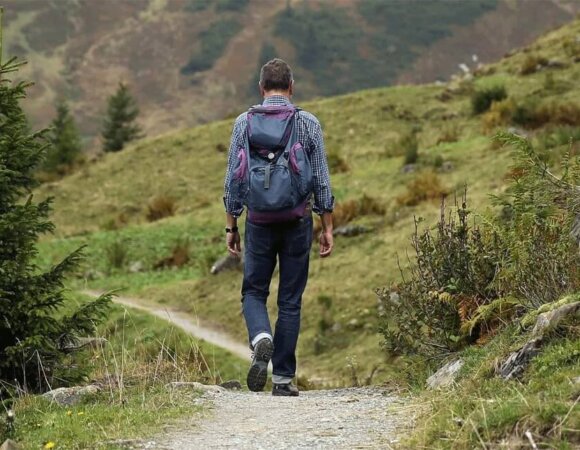
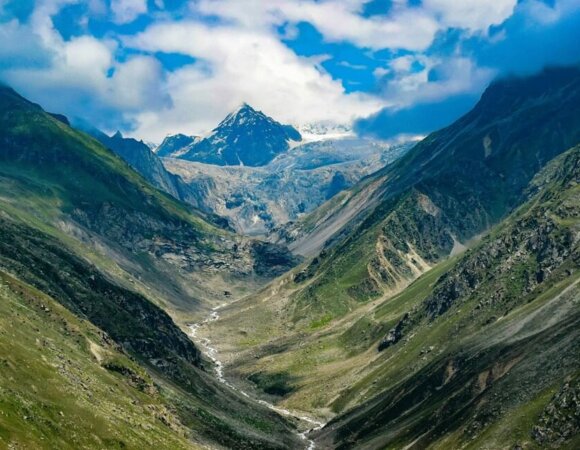
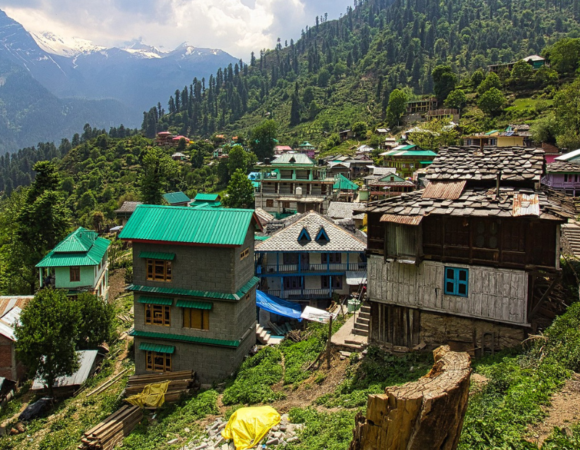
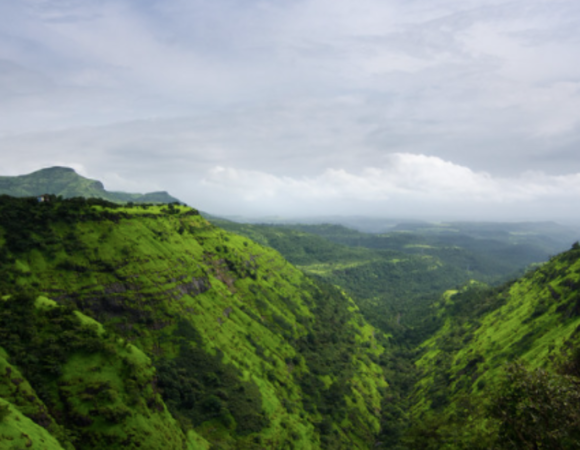
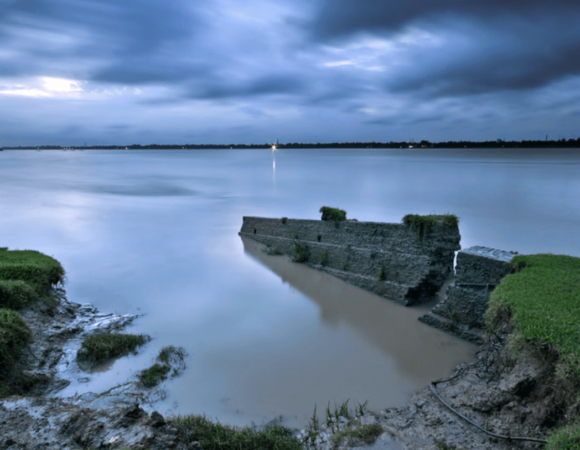
[…] Essential Hygiene Tips for Women Trekkers […]